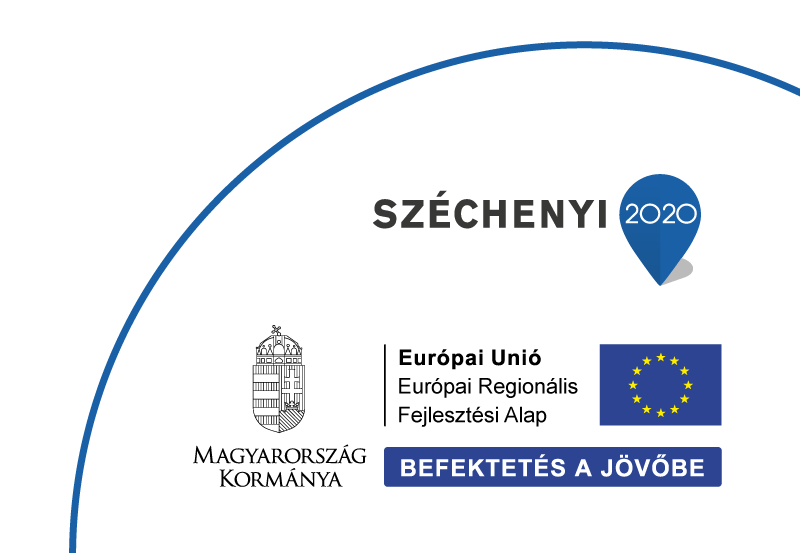
The Meeting of Young Geoscientists organized by Hungarian Geological Society and The Junior Board of the Association of Hungarian Geophysicists was held on 6-7 April 2018, where Virág Gergely won a second prize in poster section. Virág is a BSc student in University of Debrecen and member of ICER project. Title of the presentation: Biospheroid C-14 dating– tests on recent top soils.
Congratulations to Virág and the supervisors: Titanilla Kertész, Botond Buró, Mihály Molnár.
Biospheroid C-14 dating– tests on recent top soils
Titanilla Kertész 1, Virág Gergely 1,2, Botond Buró 1, Mihály Molnár 1
1 Laboratory of Climatology and Environmental Physics, Institute for Nuclear Research, Hungarian Academy of Sciences, Debrecen, Hungary
2 Department of Mineralogy and Geology, University of Debrecen, Debrecen, Hungary

Age determination of paleosoils is useful for the studies of archeology, soil development, climate change, paleoenvironment and landscape evolution research. C-14 dating of paleosoils is a challenging task as ordinary soil organic matter (SOM) does not give a realistic C-14 age of a soil layer as SOM is normally accumulated over hundreds or even thousands of years. If one could not find some macrofossil remains in the discovered soil horizon then the age determination is always a matter of debate. On the other hand secondary carbonates in soil could provide detailed information about the paleoenvironment and climate conditions in the past.
In this study we have investigated the eartworms produced biospheroids as a possible material for soil C-14 dating. Recent studies suggested that earthworms consume preferably fresh organic matter during their life in the soil, which means the products of their digestion would contain rather recent organic carbon instead of the aged carbon from the SOM fraction.
Although biospheroids are rather small (diameter < 2 mm and mass < 5 mg) pure calcite granules, accelerator mass spectrometry (AMS) technique gives the possibility of their radiocarbon dating at the AMS Laboratory of the Institute of Nuclear Research of HAS (Atomki).
We have investigated 8 different recent topsoil samples collected at 5 different localities in the Hajduság area (Hungary). Biospheroids were carefully collected form each soil samples and 2-3 granules were used for C-14 dating of the individual soil samples. Results confirmed that biospheroids mostly contain young (max age 30 years) organic carbon, which gives realistic (zero) C-14 age for the top soils.
The research was supported by the European Union and the State of Hungary, co-financed by the European Regional Development Fund in the project of GINOP-2.3.2-15-2016-00009 ‘ICER’.

